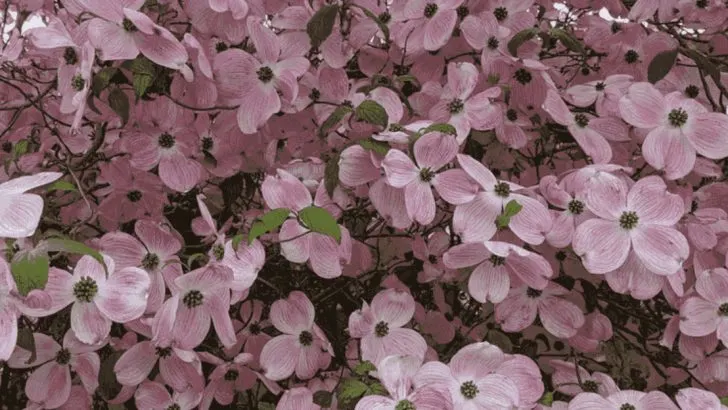Finding the perfect tree for a small garden can feel like a challenge. You want something that adds beauty and structure without overwhelming the space. Luckily, there are several small trees that not only fit compact areas but also offer seasonal interest throughout the year, making your garden vibrant and inviting no matter the season.
From striking blossoms in spring to colorful foliage in fall and interesting bark or berries in winter, these trees bring a dynamic and ever-changing appeal. They provide shade, texture, and even wildlife habitat, all while maintaining a size that complements smaller outdoor spaces.
In this article, discover 7 trees that deliver year-round beauty without taking up too much room. Perfect for urban gardens, patios, and cozy yards, these trees prove that small spaces can have big style and charm.
Japanese Maple
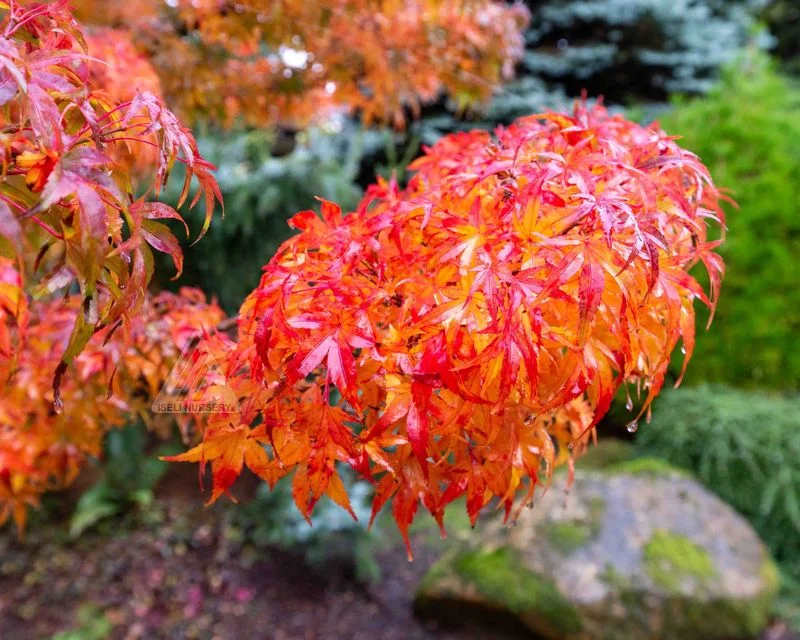
Admired for its delicate beauty, the Japanese Maple offers a kaleidoscope of fiery reds and oranges in the fall. Its sculptural form and intricate foliage add elegance even during winter. These trees thrive in partial shade, making them perfect for small gardens. Surprisingly, some varieties stand as small as 6 feet tall, fitting snugly into compact spaces. Historically, they were treasured in Japanese gardens for their stunning seasonal transformation. Whether in a pot or planted in the ground, Japanese Maples bring a touch of the exotic to any garden corner.
Dogwood
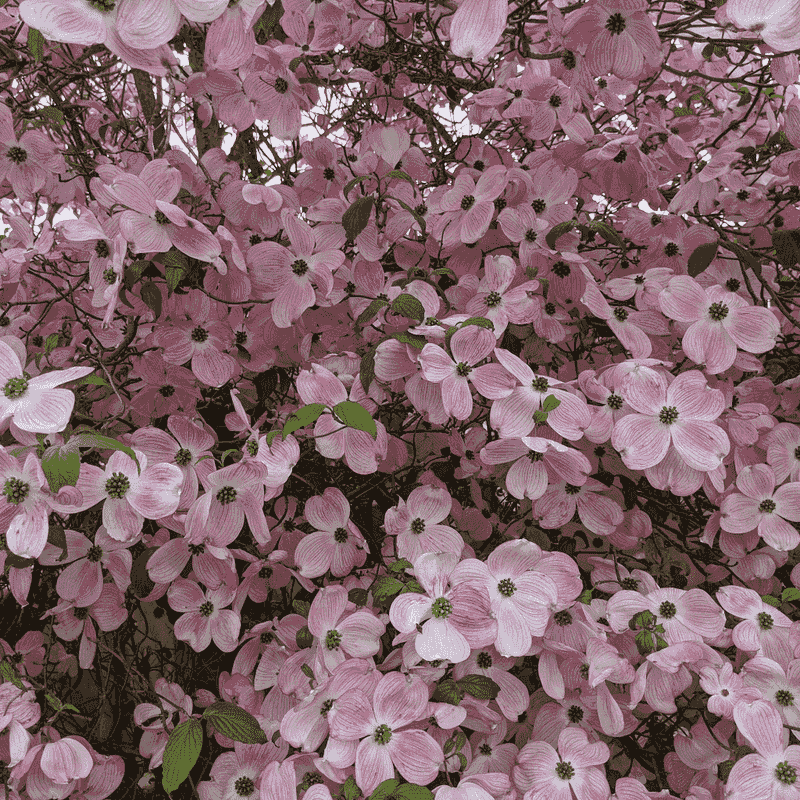
Dogwoods are a feast for the eyes, boasting showy flowers in spring and crimson berries come winter. Their modest size, usually not exceeding 30 feet, makes them suitable for cozy gardens. The bark, with its unique texture, provides winter interest long after the leaves have fallen. Cherished by gardeners for its adaptability, the Dogwood thrives in various climates. Historically tied to folklore, it’s considered a symbol of protection. With their layered branches, Dogwoods provide a graceful silhouette that enhances any garden landscape.
Crabapple

The Crabapple tree is nature’s confetti cannon, bursting with pink or white blossoms in spring. These flowers eventually give way to small, colorful fruits that attract a flurry of birds. Crabapples are famed for their resilience, enduring harsh climates with ease. In a small garden, their compact form and vibrant display make them stand out. Historically, Crabapple trees were cultivated for their fruit, which made delightful ciders. Beyond aesthetics, they serve as a haven for wildlife, making them a lively garden addition.
Redbud
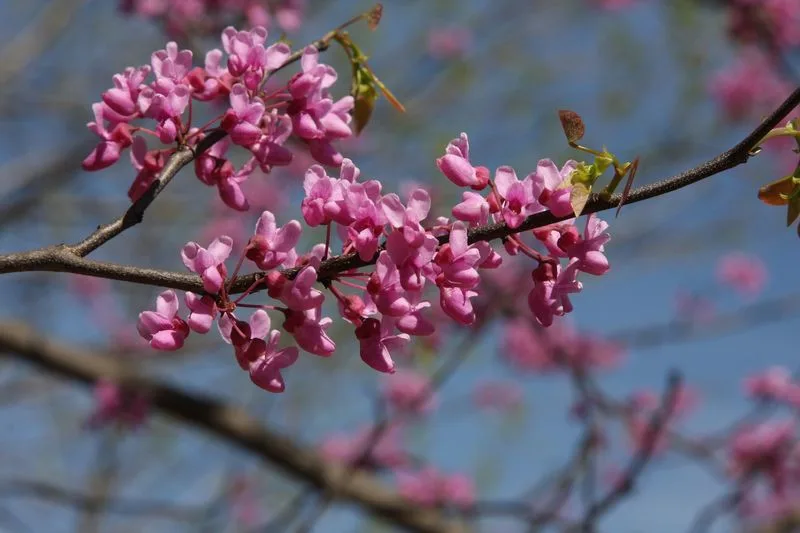
With blossoms that appear before its leaves, the Redbud is a herald of spring. Its heart-shaped leaves add a whimsical touch to any garden. Redbuds are especially cherished for their early color, breaking winter’s monotony with a breathtaking display. Reaching about 20 to 30 feet, they’re ideal for small spaces needing a burst of color. Often associated with love and renewal, Redbuds have a storied past. Their drought tolerance and charming form make them a smart choice for garden enthusiasts seeking an early splash of vibrancy.
Holly
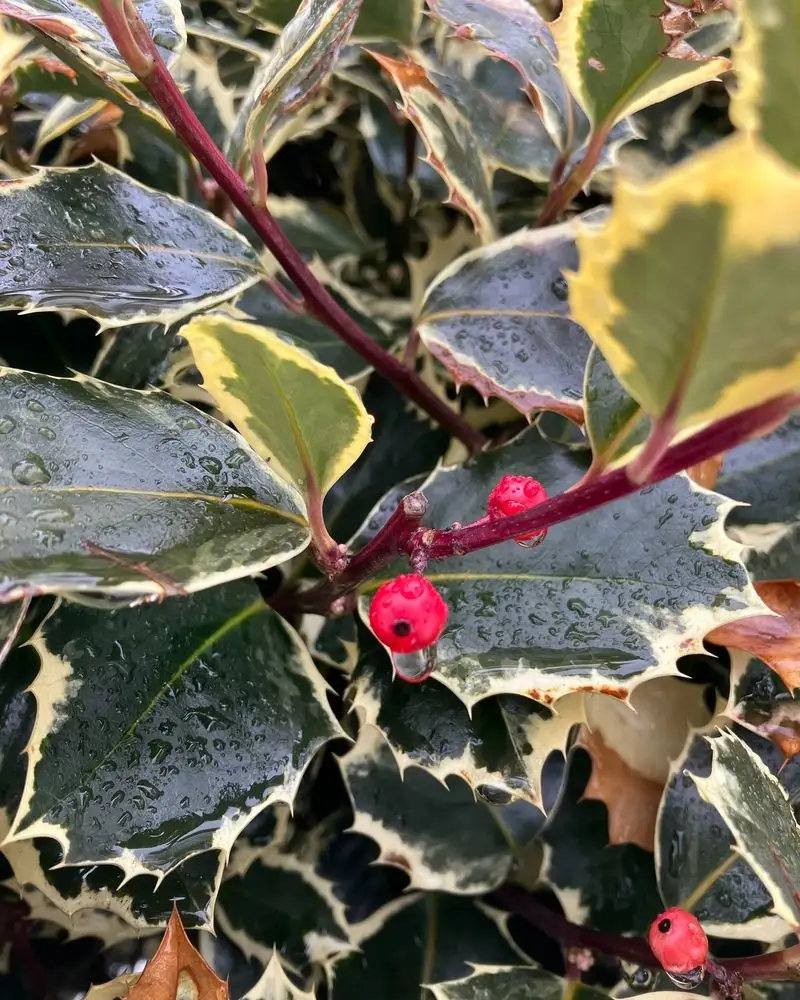
Known for its festive appearance, the Holly tree dazzles with glossy leaves and cheerful red berries. This evergreen is a staple in holiday decorations, but its beauty endures year-round. Perfect for small gardens, Hollies vary in size, with some dwarf varieties providing compact splendor. Historically, they were believed to ward off evil spirits. Beyond aesthetics, they offer dense foliage that serves as a privacy screen. Hollies are versatile, growing well in both sun and shade, and their low maintenance makes them a gardener’s favorite.
Amelanchier
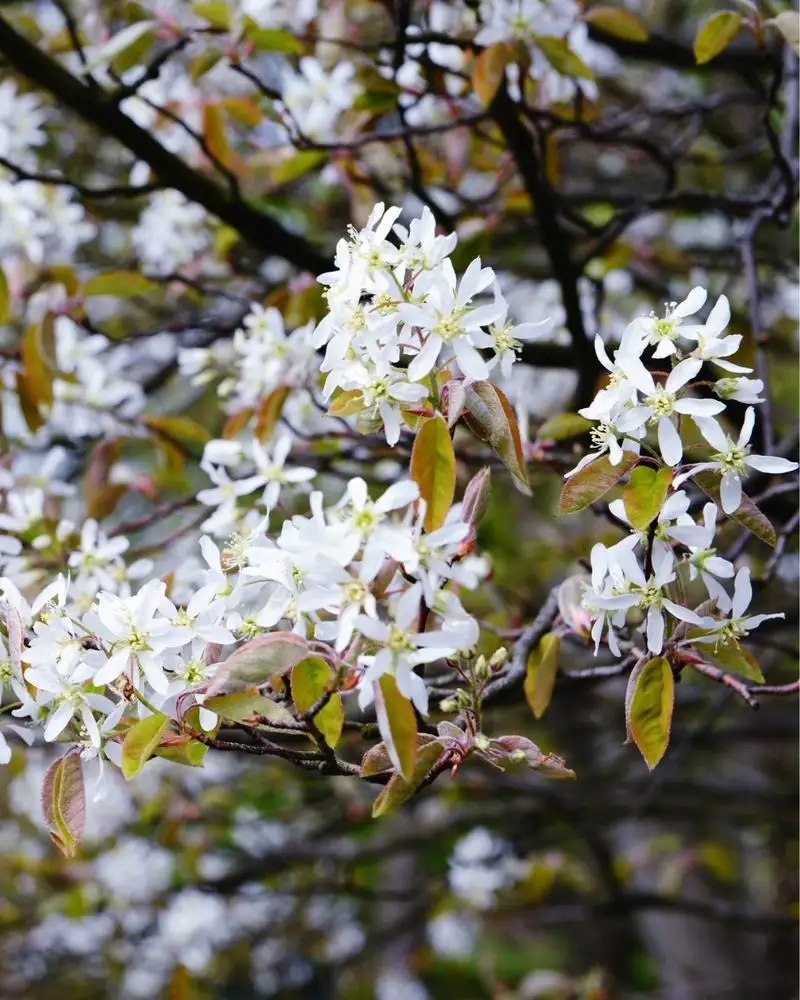
Commonly known as Serviceberry, the Amelanchier tree is a delight across seasons, showcasing white blossoms in spring and vibrant foliage in autumn. Its sweet berries attract birds, adding life to gardens. Ideal for small spaces, it typically grows to about 15-25 feet. In native folklore, it was believed to herald spring’s arrival. Amelanchiers are valued not just for beauty but also for their adaptability to different soil types. Their understated elegance and seasonal interest make them a staple in thoughtful garden designs.
Magnolia
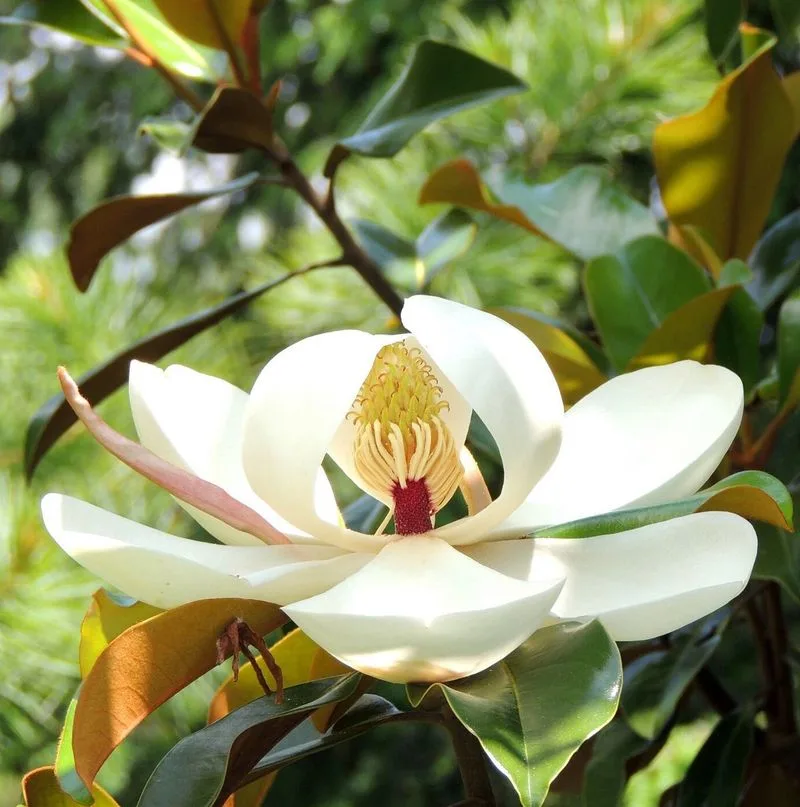
Magnolias are the grand dames of the garden, famed for their large, fragrant flowers. These trees lend a touch of grandeur with their blossoms that can be as large as saucers. Suitable for small gardens, some varieties stay under 20 feet, offering opulent beauty without overwhelming space. Historically, Magnolias are ancient, dating back millions of years. Their deep roots in history and horticulture make them a beloved choice. The sight of a Magnolia in bloom is a breathtaking event, capturing the essence of spring in full glory.

